The ski boots market is experiencing significant growth, driven by advancements in materials, design, and technology. As winter sports gain popularity, the demand for high-performance and comfortable ski boots continues to rise. This article delves into the current market trends, innovative materials, and consumer preferences shaping the ski boots industry.
Table of Contents:
Market Overview of Ski Boots
Innovative Materials and Design Trends in Ski Boots
Technological Advancements in Ski Boots
Seasonal Trends and Consumer Preferences
Conclusion
Market Overview of Ski Boots
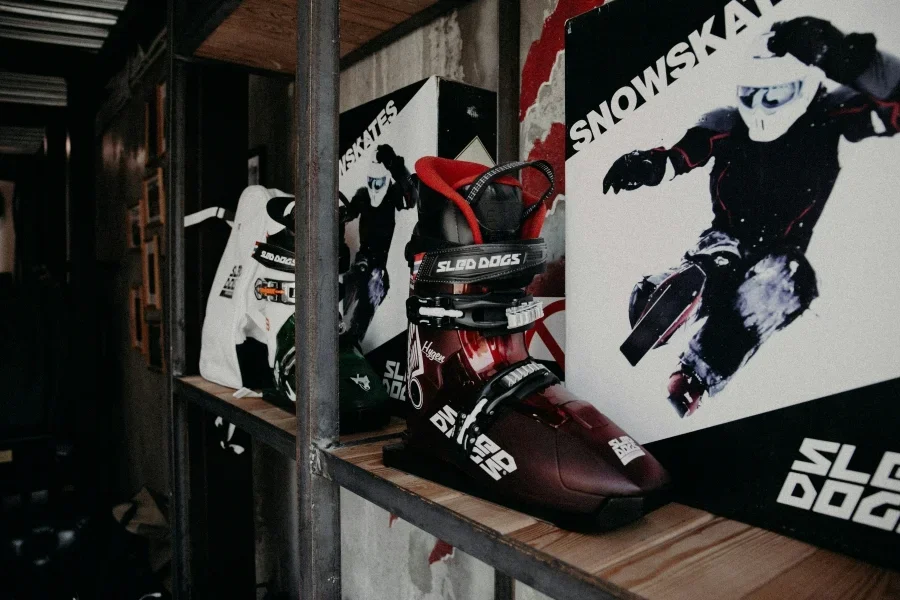
The global ski boots market is poised for substantial growth, with increasing participation in winter sports and rising disposable incomes driving demand. According to a report by Research and Markets, the boot market, which includes ski boots, is expected to grow from USD 33.38 billion in 2023 to USD 35.70 billion in 2024, with a compound annual growth rate (CAGR) of 7.34%, reaching USD 54.84 billion by 2030.
The market is segmented by product type, distribution channel, and region. Key players in the market include Alden Shoe Company, Columbia Sportswear Company, Nike Inc., and VF Corporation, among others. These companies are focusing on innovation and sustainability to cater to the evolving consumer preferences.
Regional Insights
The United States, with its diverse climate and strong winter sports culture, represents a significant market for ski boots. The region’s demand is driven by work safety regulations, outdoor activities, and fashion trends. In the Asia-Pacific region, countries like China and India are witnessing rapid growth in the ski boots market due to increasing disposable incomes and urbanization. Europe, with its colder climates and fashion-forward consumers, also holds a substantial market share.
Key Players
Leading vendors in the ski boots market are continuously innovating to stay competitive. For instance, Columbia Sportswear Company and Nike Inc. are integrating advanced materials and 3D printing technology to enhance product durability and customization. Additionally, companies like VF Corporation are focusing on sustainable and ethically produced products to appeal to environmentally conscious consumers.
Future Trends
The ski boots market is expected to benefit from ongoing advancements in materials and technology. The integration of smart features, such as temperature regulation and performance tracking, is anticipated to enhance the functionality of ski boots. Moreover, the growing trend of customization allows consumers to personalize their ski boots for optimal comfort and performance.
Sustainability
Sustainability is becoming a crucial factor in the ski boots market. Consumers are increasingly seeking eco-friendly and responsibly sourced products. Companies are responding by developing sustainable boot lines, using recycled materials and environmentally friendly manufacturing processes. This trend is expected to continue, with sustainability becoming a key differentiator in the market.
Innovative Materials and Design Trends in Ski Boots
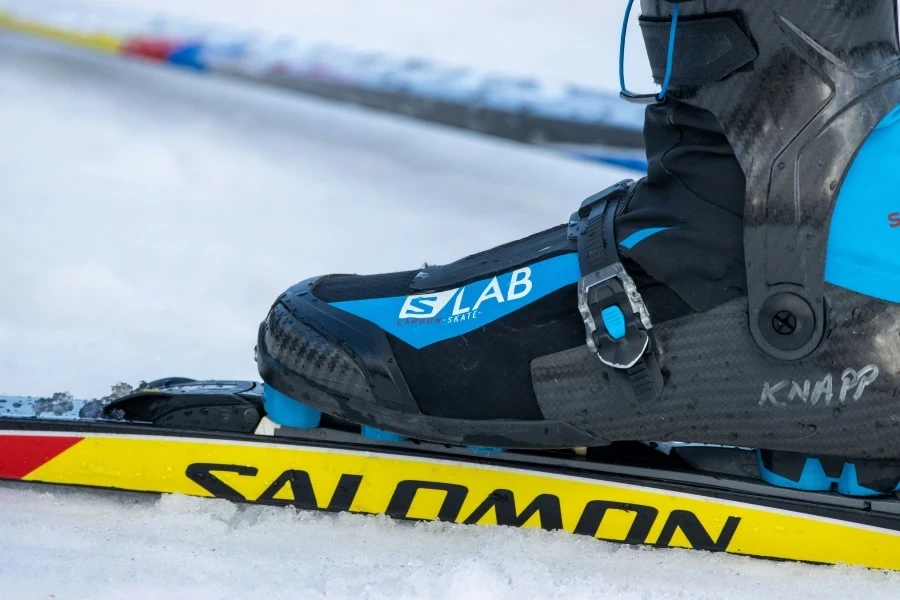
High-Performance Materials for Enhanced Durability
The ski boot industry has seen significant advancements in the materials used for construction, leading to enhanced durability and performance. Modern ski boots are now crafted from high-performance plastics and composites that offer a perfect balance between strength and flexibility. Materials such as Grilamid and Pebax are increasingly popular due to their lightweight properties and resistance to extreme temperatures. These materials ensure that the boots remain robust and functional even in the harshest conditions, providing skiers with reliable performance on the slopes.
Additionally, the integration of carbon fiber in ski boot construction has become a notable trend. Carbon fiber is known for its exceptional strength-to-weight ratio, which allows for the creation of boots that are both lightweight and incredibly strong. This material is particularly beneficial for high-performance ski boots, as it enhances the skier’s ability to transfer power efficiently from the boot to the ski, resulting in better control and precision.
Ergonomic Designs for Optimal Comfort and Fit
Comfort and fit are paramount when it comes to ski boots, and recent design trends have focused heavily on ergonomics to address these needs. Modern ski boots are designed with anatomical shapes that closely mimic the natural contours of the foot, providing a more comfortable and secure fit. Many new models feature customizable liners that can be heat-molded to the skier’s foot, ensuring a personalized fit that reduces pressure points and enhances overall comfort.
Moreover, advancements in liner technology have led to the development of materials that offer better insulation and moisture-wicking properties. This not only keeps the skier’s feet warm and dry but also prevents the buildup of odors, contributing to a more pleasant skiing experience. The use of memory foam in liners is another trend that has gained traction, as it provides a snug fit that adapts to the skier’s foot shape over time.
Technological Advancements in Ski Boots
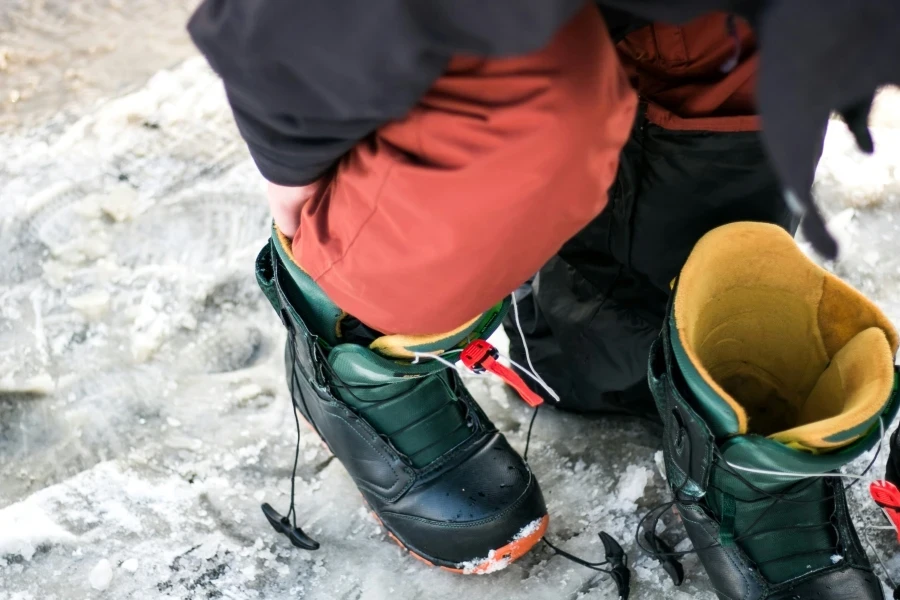
Smart Features for Improved Functionality
The integration of smart technology into ski boots is revolutionizing the way skiers interact with their gear. One of the most notable advancements is the inclusion of sensors and connectivity features that provide real-time data on various aspects of skiing performance. Some high-end ski boots now come equipped with sensors that track metrics such as speed, turn radius, and pressure distribution. This data can be transmitted to a smartphone app, allowing skiers to analyze their performance and make adjustments to improve their technique.
Another innovative feature is the incorporation of heating elements within the boot liners. These elements can be controlled via a smartphone app, enabling skiers to adjust the temperature of their boots to suit their preferences and the weather conditions. This technology ensures that skiers can maintain optimal comfort and warmth throughout their time on the slopes.
Customization Options for Personalized Experience
Customization has become a key focus in the ski boot industry, with manufacturers offering a range of options to tailor the boots to the individual skier’s needs. Heat-moldable liners and shells are now standard in many high-performance ski boots, allowing for a precise fit that enhances comfort and performance. The “Best Downhill Ski Boots of 2024-2025” report notes that some brands have taken customization a step further by offering fully customizable boot components, such as interchangeable soles and adjustable flex settings.
These customization options enable skiers to fine-tune their boots to match their skiing style and the specific demands of different terrains. For example, a skier can adjust the flex of their boots to be stiffer for aggressive downhill runs or softer for more relaxed cruising. This level of personalization ensures that skiers can achieve the best possible performance and comfort, regardless of the conditions.
Seasonal Trends and Consumer Preferences
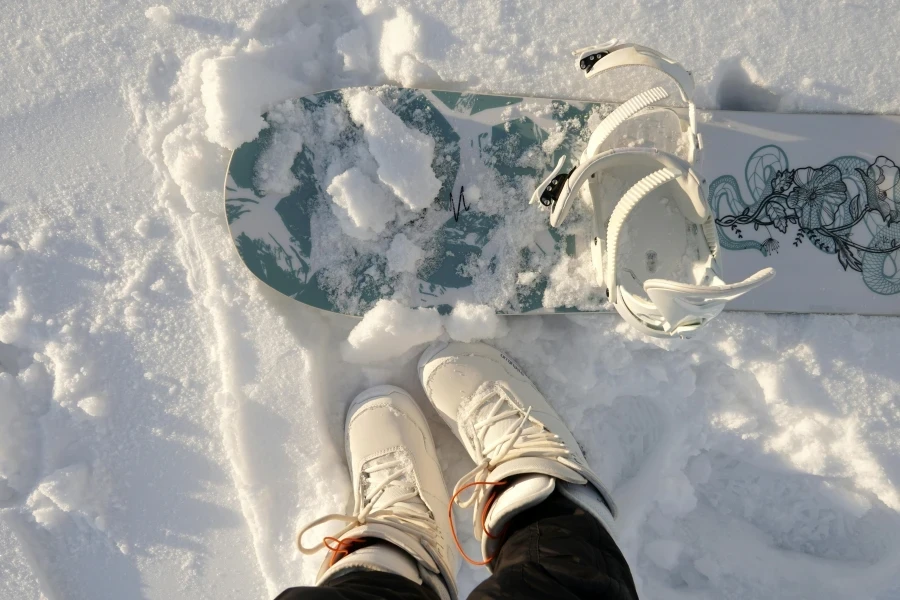
Popular Styles and Colors for the Upcoming Season
As with any fashion-related industry, ski boots are subject to changing styles and color trends. For the upcoming season, bold and vibrant colors are set to dominate the slopes. According to the “Best Downhill Ski Boots of 2024-2025” report, colors such as electric blue, neon green, and fiery red are particularly popular, reflecting a trend towards more eye-catching and expressive designs. These colors not only make a statement but also enhance visibility on the slopes, which can be a safety benefit.
In terms of style, there is a growing preference for sleek and minimalist designs that emphasize functionality and performance. Many ski boots now feature clean lines and streamlined shapes, with a focus on reducing bulk and weight. This trend is driven by the desire for boots that offer maximum performance without compromising on aesthetics.
Cultural Influences on Ski Boot Preferences
Cultural influences play a significant role in shaping consumer preferences for ski boots. In regions where skiing is a deeply ingrained part of the local culture, such as the Alps and the Rockies, there is a strong emphasis on performance and durability. Skiers in these areas tend to favor boots that offer advanced features and high levels of customization, as they often spend extended periods on the slopes and require gear that can withstand rigorous use.
Conversely, in regions where skiing is more of a recreational activity, such as parts of Asia and the southern United States, there is a greater focus on comfort and style. Skiers in these areas are more likely to prioritize boots that offer a comfortable fit and attractive design, even if it means sacrificing some performance features. This cultural variation highlights the importance of understanding the specific needs and preferences of different markets when designing and marketing ski boots.
Conclusion
The ski boot industry is continually evolving, driven by advancements in materials, design, and technology. As we look to the future, we can expect to see even more innovative features and customization options that cater to the diverse needs of skiers around the world. Whether it’s through the use of high-performance materials, ergonomic designs, smart technology, or personalized customization, the goal remains the same: to enhance the skiing experience and help skiers achieve their best performance on the slopes. As these trends continue to develop, the future of ski boots looks both exciting and promising, offering endless possibilities for innovation and improvement.
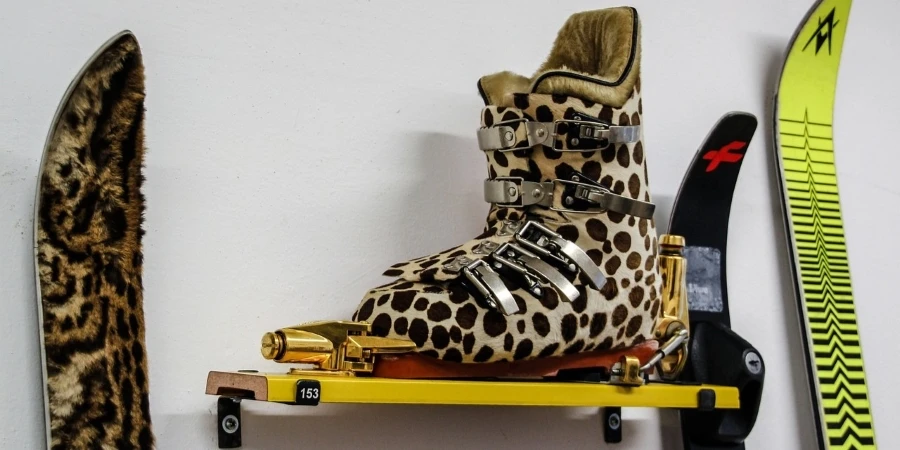




 Afrikaans
Afrikaans አማርኛ
አማርኛ العربية
العربية বাংলা
বাংলা Nederlands
Nederlands English
English Français
Français Deutsch
Deutsch हिन्दी
हिन्दी Bahasa Indonesia
Bahasa Indonesia Italiano
Italiano 日本語
日本語 한국어
한국어 Bahasa Melayu
Bahasa Melayu മലയാളം
മലയാളം پښتو
پښتو فارسی
فارسی Polski
Polski Português
Português Русский
Русский Español
Español Kiswahili
Kiswahili ไทย
ไทย Türkçe
Türkçe اردو
اردو Tiếng Việt
Tiếng Việt isiXhosa
isiXhosa Zulu
Zulu